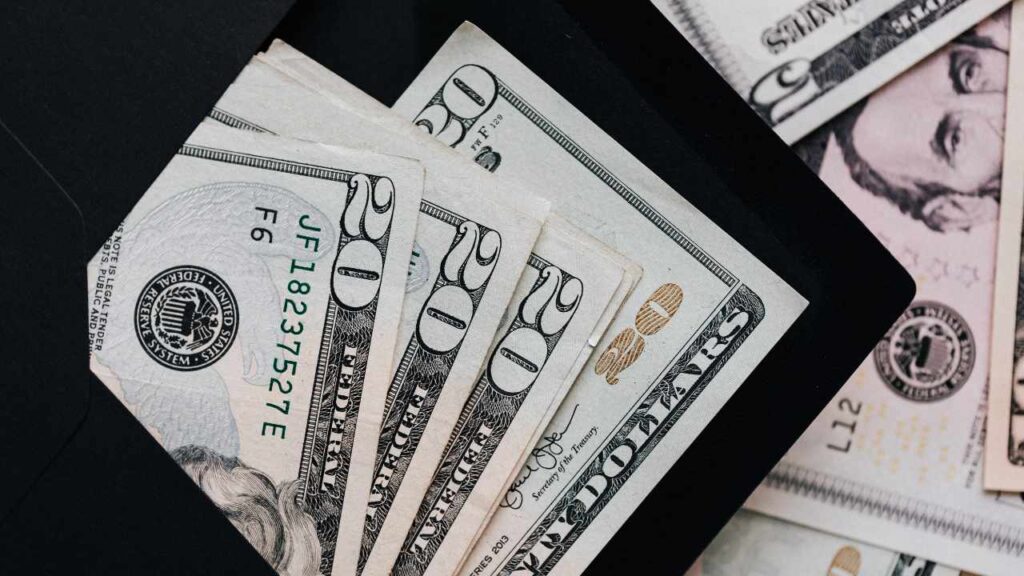A bill introduced in the United States Senate proposes transferring tariff revenue to American taxpayers. The American Worker Rebate Act of 2025 was signed into law by Senator Josh Hawley (R-Mo.) on July 28, 2025. The initiative calls for issuing direct stimulus payments funded exclusively with resources from taxes on foreign imports.
The central mechanism of the bill involves the distribution of individually calculated refunds. Eligible adults would receive a minimum of $600, while each dependent child would add another $600 to the family payment.
This would generate, for example, $2,400 for a household consisting of two adults and two children. The legislative text establishes income-based adjustments: the aid decreases by 5% for joint filers with adjusted gross incomes above $150,000 or for single filers with adjusted gross incomes exceeding $75,000. Nonresidents, dependents claimed on other returns, estates, and trusts are excluded.
Trump’s tariffs would fuel these stimulus checks
The program’s economic viability depends entirely on current record tariff collections. Official data shows that customs duties reached $27 billion in June 2025 alone, marking a 301% year-over-year increase. Projections anticipate annual tariff revenues that could exceed $150 billion. Senator Hawley bases his proposal on this financial inflow, attributing the substantial increase to trade policies implemented during the Trump administration.
Researchers at The Budget Lab at Yale calculated that current trade tariffs could raise households’ annual costs by approximately $2,400 through 2025, a figure coincidentally consistent with the proposed maximum household rebate. This parallel raises debate about whether the payments would fully offset the price increases induced by the very tariffs that fund them.
What is the status of the American Worker Rebate Act?
For now, the bill is in the proposal stage, awaiting sponsorship from more legislators from both parties. To become law, it requires majority approval in both the Senate and the House of Representatives, followed by presidential signature. The process involves potential amendments to the original text during its parliamentary passage, which is usual and expected in this type of bill.
Keep in mind that this plan cannot be compared to the stimulus checks sent during the coronavirus pandemic, but there are important differences. Those payments were financed through public debt, while these refunds would be self-financed through import taxes. Furthermore, its stated objective is not to stimulate consumption during a crisis, but rather to return resources perceived as surplus revenue.
The impact of the tariffs on the American households
The 2025 Trump tariffs will significantly impact several widely consumed products in the U.S., increasing costs for households. Key affected items include clothing and footwear (from China, Vietnam, Bangladesh), with prices potentially rising 17-40% due to 19-46% tariffs; coffee (from Brazil, Colombia, Vietnam), facing 10-50% tariffs; seafood (from Chile, India, Indonesia), with up to 85% imported and tariffs of 10-46%;
Also, fresh produce like avocados and tomatoes (from Mexico); electronics like iPhones (from China, India); and alcoholic beverages (from the EU). These tariffs, averaging 18%, will likely raise consumer prices, with households facing an estimated $1,219-$3,800 annual cost increase.
It’s still to be seen if the Congress is willing to deliver this new funds to American families that are at risk of being affected by Trump’s tariffs to the foreign imports.
